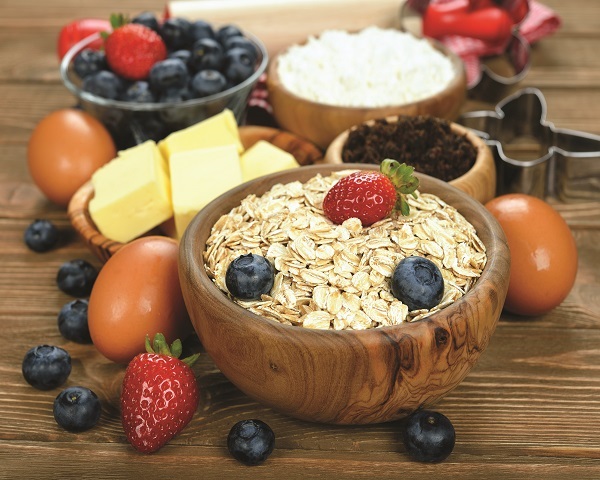In the kitchens across India, breakfast isn’t just a meal — it is a tradition. It is a time when the day begins with the comforting aroma of spices and the sizzle of hot pans. Breakfast isn’t just about filling the belly; it is about fueling the body for the challenges ahead. In every corner…



